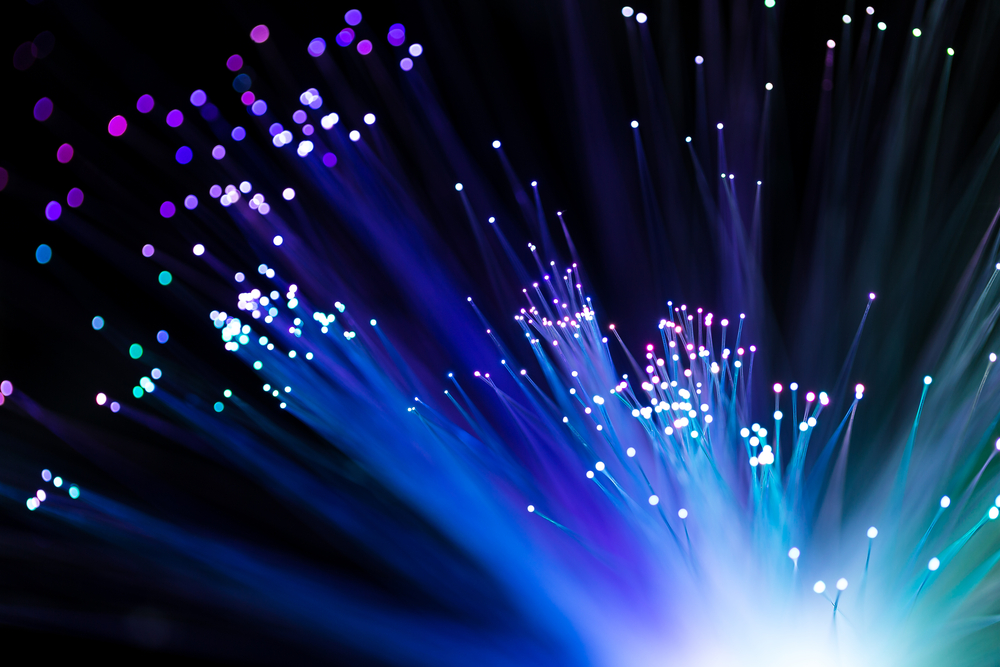Fraunhofer IIS develops AI chips based on spike neural networks, greatly improving signal quality and increasing data transmission speeds in fiber optic networks.
The project, known as Spikehero, aims to strengthen European digital infrastructure and integrate technological sovereignty through improved fiber optics.
The Institute is working on projects with partners in the Netherlands, the Czech Republic and Belgium.
The importance of optical fiber networks in the digital future
Fiber optic networks are the foundation of the digital future. As industries compete for key technologies, demand for higher bandwidth and lower latency continues to increase.
In particular, future 6G networks must meet very high data transmission requirements.
The challenge is that signal quality tends to decrease as the desired data rate increases. To compensate for interference, providers currently rely on digital signal processors.
“However, these are expensive and are not sustainable long-term solutions due to the enormous power consumption,” explained Michael Ross, manager of Fraunhofer IIS’s embedded AI group.
“As a result, further increases in fiber optic data rates are colliding with technical limitations.”
Overcoming the difficulties of neural networks
The Spikehero project is working on solutions to the technical limitations of fiber optics.
Project partners are developing a new AI processor architecture that combines optical and electrical spiked neural network chips.
These neural networks continuously monitor communication channels, analyze signals, and use control parameters to correct receiver interference. By maintaining signal quality, new possibilities emerge to increase the data rate of fiber optic systems.
Specifically, the project aims to triple the bandwidth from 10 GHz to 30 GHz, reducing latency from 10 microseconds to less than 6 nanoseconds. At the same time, energy consumption is expected to drop from 7-10 watts to just 1-2 watts.
I was inspired by the brain
Spiked neural networks (SNNs) are considered a promising advance in artificial intelligence.
Their modes of operation mimic the principles of the human brain. Information is processed in the form of a pulse and is processed only when the critical association threshold is exceeded. This makes SNNS ideal for AI applications that require both real-time responsiveness and energy efficiency.
There are many different approaches to developing SNN chip hardware. Optical semiconductors transmit spikes through photons, but their electrical counterparts use voltage and current.
Each type has its advantages, and Spikehero aims to combine both. For electric SNN chips, the project uses the Senna chips developed by Fraunhofer IIS and Fraunhofer EMFT.
“We are currently working on a second generation and we are committed to a higher spike rate with lower energy consumption,” Ross said.
Source link

